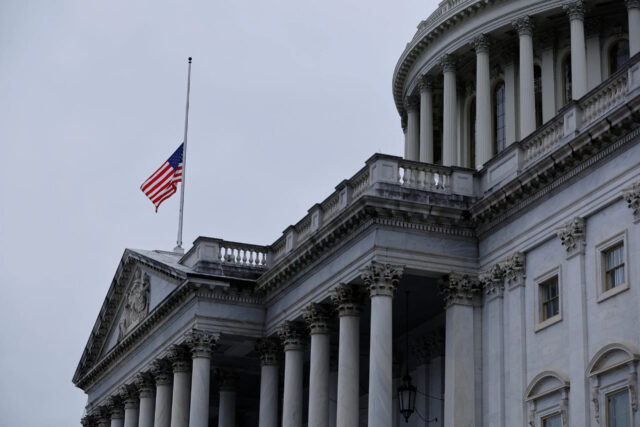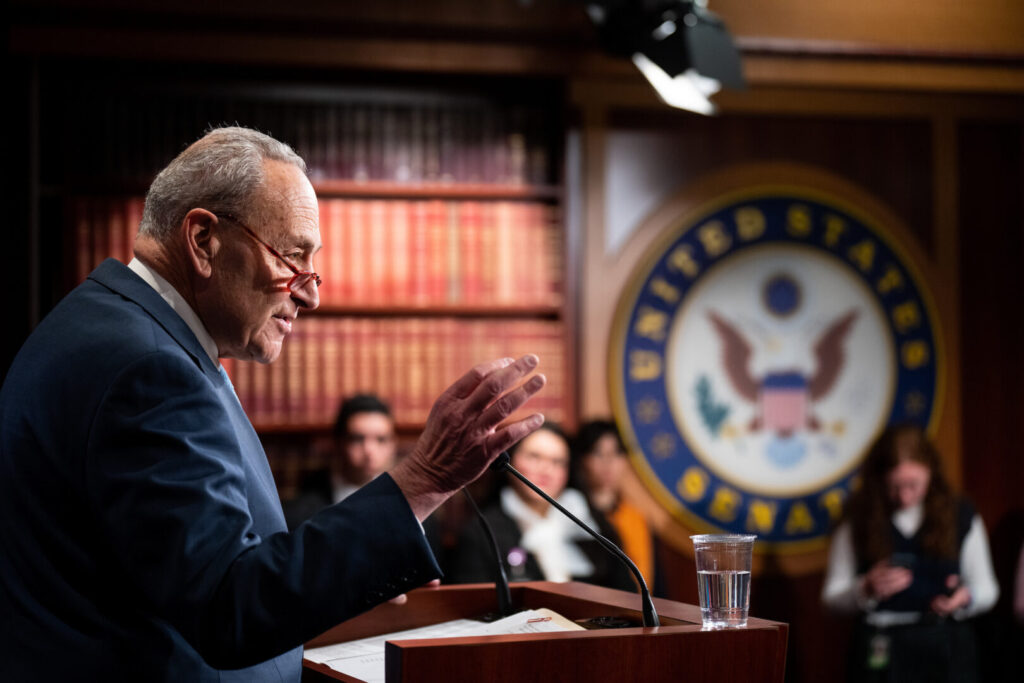
In a critical move to prevent a partial government shutdown, the U.S. House of Representatives has passed a stopgap funding bill with a narrow 217-213 vote. The bill, which aims to keep federal agencies operational through September 30, now moves to the Senate, where Republicans will require support from at least eight Democratic senators to advance it to President Donald Trump for approval.

Key Provisions of the Stopgap Bill
The newly passed legislation introduces a $13 billion reduction in non-defense spending while simultaneously boosting defense funding by $6 billion. This shift reflects a continued prioritization of national security under the Trump administration. Additionally, the bill grants the administration broader discretion in allocating funds, a move that has sparked heated debates between both parties.
Republican and Democratic Reactions
While the GOP largely rallied behind the measure, only one Republican dissented, underscoring the internal divisions within the party. Democratic leaders, meanwhile, have strongly criticized the bill, arguing that it undermines essential social programs and gives the administration excessive authority over federal funding allocations.
House Speaker Mike Johnson praised the bill as a responsible measure to ensure government stability while upholding conservative fiscal priorities. However, Senate Democrats have signaled strong opposition, warning that the bill disproportionately affects domestic initiatives such as education, healthcare, and social services.
What’s Next?
With the Senate now set to deliberate, the bill’s fate remains uncertain. If an agreement isn’t reached soon, the government faces the risk of a partial shutdown starting Saturday. The coming days will be crucial in determining whether lawmakers can broker a deal to prevent disruptions to government services and federal programs.
Stay tuned as the Senate prepares for a high-stakes vote that could shape the next phase of government funding and fiscal policy.



